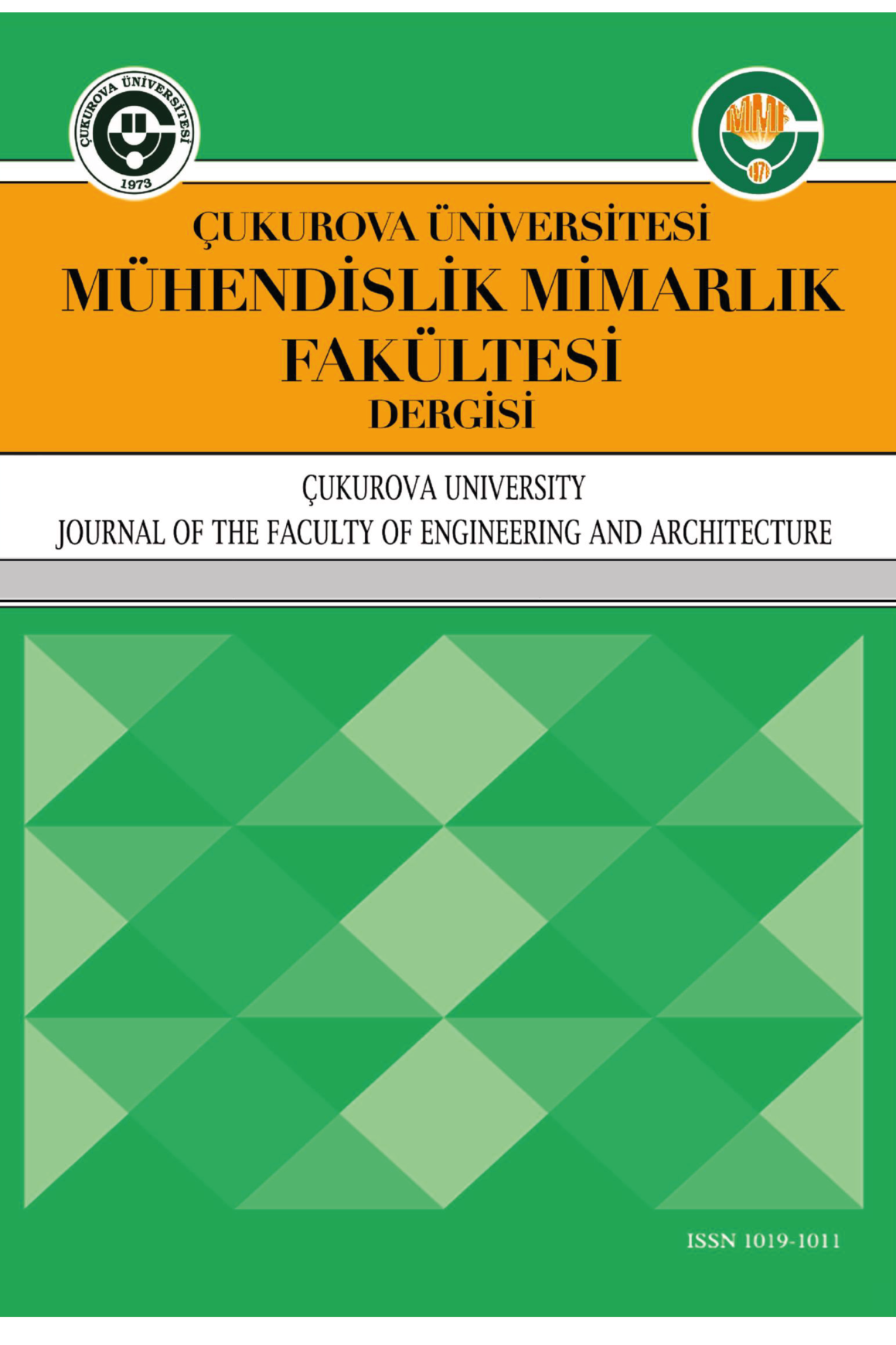Multi-objective Bees Algorithm to Optimal Tuning of PID Controller
Çok Amaçlı Optimizasyon, Arı Algoritması, PID Parametrelerinin Ayarlaması
Çok Amaçlı Arı Algoritması Kullanarak PID Kontrolörün Parametrelerinin Optimal Ayarlanması
Multi-objective optimization, Bees algorithm, PID tuning,
___
- 1. Tan, K.K., Wang, Q.G., Hang, C.C., Hagglund, T.J., “Advances in PID control”, SpringerVerlag, London, 1999.
- 2. Tan, G., Zeng, Q., He, S., Cai, G., “Adaptive and robust design for PID controller based on ant system algorithm”, Lect. Notes Comput. Sci. 3612, pp. 915-924, 2005.
- 3. Ziegler, J.G., Nichols, N.B., “Optimum settings for automatic controllers”, Trans. ASME 64, pp. 759-768, 1942.
- 4. Bagis, A., “Determination of the PID controller parameters by modified genetic algorithm for improved performance”, J. Inf. Sci. Eng. 23, pp. 1469-1480, 2007.
- 5. Hsiao, Y.T., Chuang, C.L., Chien, C.C., “Ant colony optimization for designing of PID controllers”, In: Proceedings of the 2004 IEEE international symposium on computer aided control systems design, Taipei, Taiwan, pp. 321-326, 2004.
- 6. Cohen, G.H., Coon, G.A., “Theoretical consideration of related control”, Trans. ASME 75, pp. 827-834, 1953.
- 7. Pham, D.T., Ghanbarzadeh, A., Koc, E., Otri, S., Rahim, S., Zaidi, M., “The bees algorithm, a novel tool for complex optimization problems”, In: Proceedings of the 2nd international virtual conference on intelligent production machines and systems, Cardiff, UK, pp. 454-459, 2006.
- 8. Pham, D.T., Ghanbarzadeh, A., Koc, E., Otri, S., “Application of the bees algorithm to the training of radial basis function networks for control chart pattern recognition”, In: Proceedins of the 5th CIRP international seminar on intelligent computation in manufacturing engineering, Ischia, Italy, pp. 711-716, 2006.
- 9. Pham, D.T., Otri, S., Ghanbarzadeh, A., Koc, E., “Application of the bees algorithm to the training of learning vector quantisation networks for control chart pattern recognition”, In: Proceedings of information and communication technologies, Syria, pp. 1624- 1629, 2006.
- 10. Pham, D.T., Koç, E., Ghanbarzadeh, A., Otri, S., “Optimization of the weights of multilayered perceptrons using the bees algorithm”, In: Proceedings of the 5th international symposium on intelligent manufacturing systems, Turkey, pp. 38-46, 2006.
- 11. Pham, D.T., Castellani, M., Ghanbarzadeh, A., “Preliminary design using the bees algorithm”, In: Proceedings of the eighth international conference on laser metrology, CMM and machine tool performance, LAMDAMAP, Cardiff, UK, pp. 420-429, 2007.
- 12. Ong, C.M., “Dynamic simulation of electric machinery” Prentice-Hall Inc, New Jersey, pp. 558-568, 1998.
- 13. Tipsuwanporn, V., Piyarat, W., Tarasantisuk, C., “Identification and control of brushless DC motors using on-line trained artificial neural networks”, In: Proceedings of the power conversion conference, Osaka, pp. 1290-1294, 2002.
- 14. Navidi, N., Bavafa, M., Hesami, S., “A new approach for designing of PID controller for a linear brushless DC motor with using ant colony search algorithm”, In: Proceedings of the Asia-Pacific Power and energy engineering conference (APPEEC 2009), China, pp. 1-5, 2009.
- 15. Seborg, D.E., Edgar, T.F., Mellichamp, D.A., “Process dynamics and control”, Wiley, New York, 2004.
- 16. Lin,M.G., Lakshminarayanan, S. Rangaiah, G.P., “A comparative study of recent/popular PID tuning rules for stable, first-order plus dead time, single-input single-output processes”, Ind. Eng. Chem. Res. 47, pp. 344– 368, 2008.
- 17. Ngatchou, P., Zarei, A., El-Sharkawi, M.A., “Pareto multi objective optimization”, In: Proceedings of the 13th international conference on intelligent systems applications to power system, US, pp. 84-91, 2005.
- 18. Sayadi, F., Ismail, M., Misran, N., Jumari, K., “Multi-objective optimization using the bees Algorithm in time-varying channel for MIMO MC-CDMA systems”, Eur. J. Sci. Res. 33, pp. 411-428, 2009.
- 19. Pham, D.T., Ghanbarzadeh, A., “Multiobjective optimization using the bees algorithm”, In: proceedings of the 3rd international virtual conference on intelligent production machines and systems, Scotland, 2007.
- 20. Nasri, M., Nezanabadi-pour, H., Maghfoori, M., “A PSO-Based optimum design of PID controller for a linear brushless DC motor”,. Proceedings of world academy of science, engineering and technology 26, pp. 211-215, 2007
- ISSN: 2757-9255
- Yayın Aralığı: 4
- Başlangıç: 2009
- Yayıncı: ÇUKUROVA ÜNİVERSİTESİ MÜHENDİSLİK FAKÜLTESİ
Multi-objective Bees Algorithm to Optimal Tuning of PID Controller
Atık Sulardan Parasetamol Gideriminde Aktif Çamur Kullanılması
Behzat BALCI, Olcayto KESKİNKAN, Ayşe ERKUŞ
Kuma Oturan Yüzeysel Temellerde Temel Boyutunun Taşıma Kapasitesine Etkisi
M. Salih KESKİN, Mustafa LAMAN, Samet UĞUR, Selçuk BİLDİK
Atık Lastik-Kum Karışımlarının Kayma Mukavemetinin Laboratuar Deneyleriyle İncelenmesi
